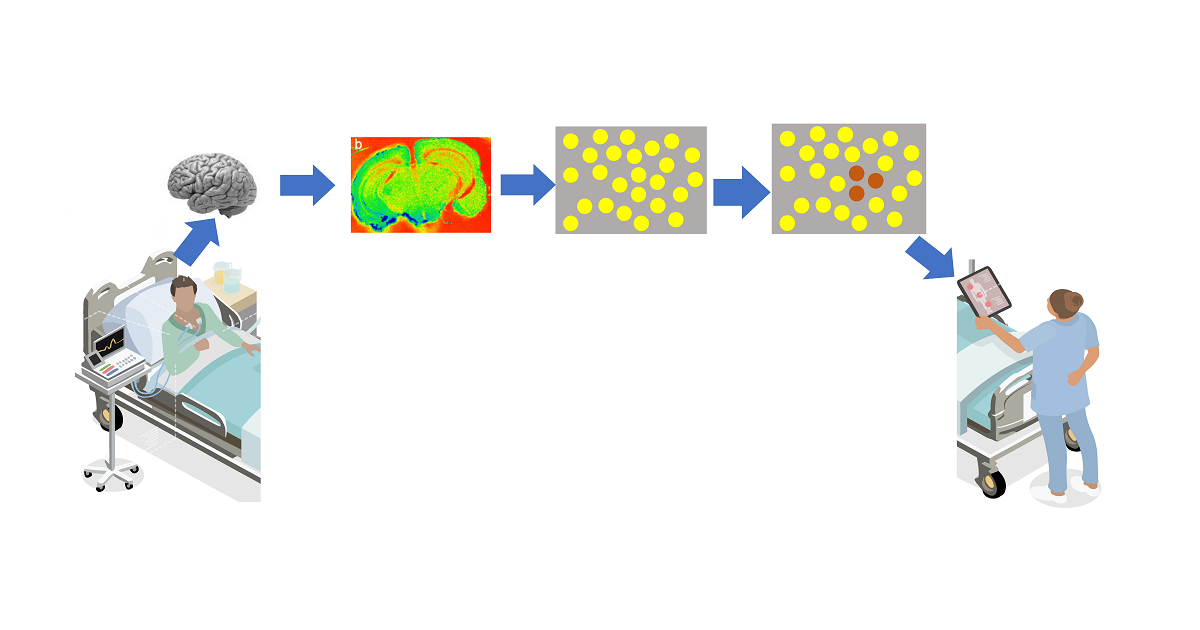Topic Menu
► Topic MenuTopic Editors


Biomedical Photonics

Topic Information
Dear Colleagues,
Advanced photonics methods for biomedical applications provide researchers and clinicians in universities and industries an overview of novel tools for cancer diagnostics and treatment. Progress in laser development has revolutionised research approaches in biomedicine, creating new fields in medical diagnostics and treatment, e.g., different types of linear and non-linear microscopy and spectroscopy, neurophotonics, phototreatment of neurodegenerative diseases, cancer photodynamic therapy (PDT), and cures for brain tumours. Cancer is one of the leading causes of death worldwide, and its diagnosis is critical to initiate therapy. The apoptosis of cancer cells plays a pivotal role in shaping organs in tandem with cell proliferation, regulation, and the removal of defective, as well as excessive, cells in the immune system. Hence, it is imperative to develop sensitive detection technologies that can confirm whether the biological tissue is cancerous.
The early detection of a tumour increases the patient’s probability to beat the cancer and recover. The main goal of cancer diagnostics is to determine whether a patient has a tumour, its location, and what its histological type and severity are. The major characteristic of cancer-affected tissues is the presence of glioma cells in the sample. Herein, novel tools for cancer diagnostics and treatment are presented.
The rapid development of machine learning and, particularly, deep learning, opens up wide avenues for the medical imaging community’s interest in applying these techniques, aiming to improve the accuracy of cancer screening. Machine learning algorithms can analyse large amounts of data and solve complex tasks in a very short amount of time. The former can provide fertile ground for helping physicians to improve the accuracy and efficiency of determining cancer diagnoses, selecting personalized therapies, and predicting long-term outcomes. Artificial intelligence (AI) describes a subset of machine learning that can identify patterns in data and take action to reach pre-set goals without specific programming. Worth mentioning is that novel techniques, allowing for subwavelength terahertz imaging, terahertz holography, tomography, and phase retrieval algorithms capable of reconstructing dielectric properties of transparent objects and further enhancing the signal to noise and resolution, will be covered in the book. Moreover, the application of the novel Mueller matrix imaging polarimetry approach for the evaluation of variations in tissue properties, in time, will be considered. The high-order statistical moments will be applied for the express analysis of Mueller matrix elements to provide qualitatively and quantitatively meaningful information towards the evolution of tissue properties in terms of the polarization properties of sounding light.
The topics addressed in this Topic will cover the major strands: the theory, modelling and design, applications in clinical practice, fabrication, characterization, and measurement. It is worthwhile to mention that the strategic objectives of developing novel methodologies applicable for clinical practice require the close cooperation of research in each subarea.
Prof. Dr. Edik U. Rafailov
Prof. Dr. Tatjana Gric
Topic Editors
Keywords
- cancer
- metamaterial
- diagnostics
- photonics
- deep learning
- machine learning
- artificial intelligence
- biological tissue
- minimal access surgery
- photodynamic therapy
- fluorescence spectroscopy
- holography
- tomography
- imaging
- therapy
Participating Journals
| Journal Name | Impact Factor | CiteScore | Launched Year | First Decision (median) | APC |
|---|---|---|---|---|---|

Applied Sciences
|
2.5 | 5.5 | 2011 | 19.8 Days | CHF 2400 |

Biomedicines
|
3.9 | 6.8 | 2013 | 17 Days | CHF 2600 |

Cancers
|
4.4 | 8.8 | 2009 | 20.3 Days | CHF 2900 |

Diagnostics
|
3.3 | 5.9 | 2011 | 21 Days | CHF 2600 |

Photonics
|
1.9 | 3.5 | 2014 | 14.8 Days | CHF 2400 |

Preprints.org is a multidisciplinary platform offering a preprint service designed to facilitate the early sharing of your research. It supports and empowers your research journey from the very beginning.
MDPI Topics is collaborating with Preprints.org and has established a direct connection between MDPI journals and the platform. Authors are encouraged to take advantage of this opportunity by posting their preprints at Preprints.org prior to publication:
- Share your research immediately: disseminate your ideas prior to publication and establish priority for your work.
- Safeguard your intellectual contribution: Protect your ideas with a time-stamped preprint that serves as proof of your research timeline.
- Boost visibility and impact: Increase the reach and influence of your research by making it accessible to a global audience.
- Gain early feedback: Receive valuable input and insights from peers before submitting to a journal.
- Ensure broad indexing: Web of Science (Preprint Citation Index), Google Scholar, Crossref, SHARE, PrePubMed, Scilit and Europe PMC.

